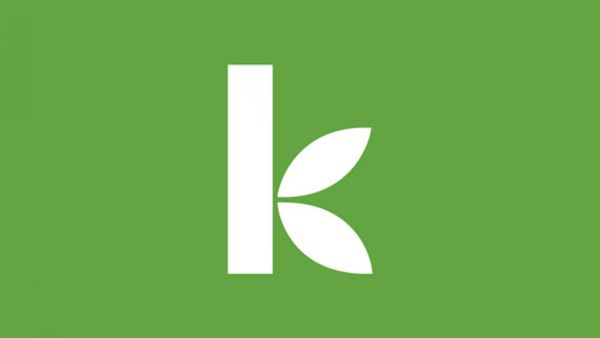 It's almost time to go back to school!
It's almost time to go back to school!
Mr. L (pictured at left) is a 9th Grade World Studies teacher, and has been incorporating Kiva into his classroom for two years. Read about his experience using Kiva as an educational tool, and get inspired for the new school year!
"I am a 9th grade World Studies teacher to about 150 students each year, at South Medford High School in southern Oregon. Two years ago, I began using Kiva after my students were asking what they could do about the global economic disparity we were "discovering." I showed them an inspiring film about microfinance, Small Fortunes, with glimpses of Muhammad Yunus, the Nobel Prize winner for his work with microfinance. The students were immediately excited, especially when they learned how Kiva made it possible for them to lend to micro-entrepreneurs such as they saw in the film. We began incorporating Kiva into the class, and we set up a lending account for the class.
The more my students worked with Kiva, the more things we learned. For the first year, I simply let my students navigate the website to see how much information it contained. Then they used the classroom "Activboard," a blackboard-sized interactive computer screen at the front of the class, to teach the class how to get information from the Kiva website. Students initially gave presentations about geography and economics. Then they began to see embedded in the Kiva site information about math, writing, story-telling, cultures, languages, photography, business, transportation, teamwork, time and trust. Classes were competing to raise $25 increments and made loans as they repeatedly hit the $25 mark. How they made their loans that first year was based on sheer enthusiasm. I was excited by the parents’ emails, letters and telephone calls regarding their child’s increased enthusiasm, compassion or understanding of socio-economic issues.
Then students wanted to know how they could spread the word. They contacted the local newspaper and television stations, and generated press like this story in the Daily Tribune. They made it a point to teach their interviewers how to make Kiva micro-loans. Students learned how to prepare for a newspaper interview and a television interview so that the students told the story they wanted told. Community members began donating money to the students to invest. Some community members came to my World Studies classes so they could participate with the class to make the Kiva investment. It was great to see the two generations learning from each other.
The second year, my Assistant Principle, Hal Jones, helped secure a small Gates Foundation grant which helped allow two other World Studies teachers, Sean Johnston and Kelly Baugh, use Kiva in their classes. That allows all 500 freshman to participate to improve their world using microfinance and Kiva. The Economics teacher for our seniors, Greg Jost, approached me to see if any of my freshman would be interested in teaching micro-lending and Kiva to his senior Economics classes. My students enthusiastically prepared presentations and were emboldened by the attention and respect the seniors gave to them. Jost and I saw this improvement in school culture as a surprise benefit.
Jost and I worked on ideas to make the loan-making process more structured. We settled on dividing our classes into teams of 3-6 students. Each team was its own "bank." Each team named their bank, developed a bank-specific loan-making criteria, analyzed potential clients from the Kiva website using their bank’s criteria, and finally presented and defended their bank’s loan choice to the class. The only significant difficulty occurred during days when Kiva did not have enough entrepreneurs to give the class time to decide before the loans were fully funded.
One of the Jost’s seniors took a lead role for the Economics classes as part of his senior project (35 hours of required community service), to help the "banks" coordinate their loans. This senior has gone on to make community presentations about microfinance and its growing influence.
The students at South Medford High School have made over 100 loans to people around the world. At first, Kiva was a means for my students to try to improve their world after learning about its inequities. They have now used Kiva as a hands-on learning tool in World Studies and Economics, and I can see how we might easily incorporate Kiva into our English, Communications, Arts, Business, and Math classes. In short, more teachers and students at South Medford are finding Kiva an exciting tool to make learning a real and sustainable way to improve their world."
PREVIOUS ARTICLE
Kiva Community Conference Call - August →NEXT ARTICLE
Bring Kiva Back to School with you! →














